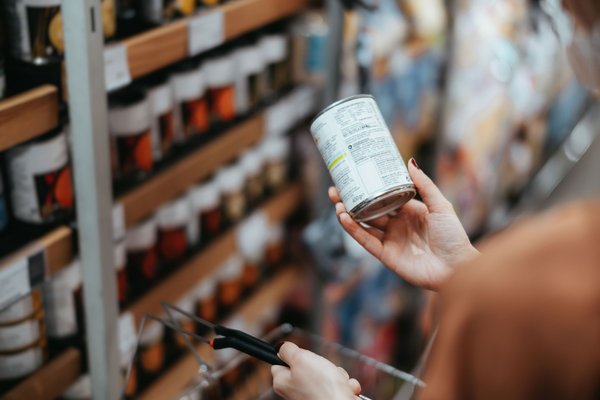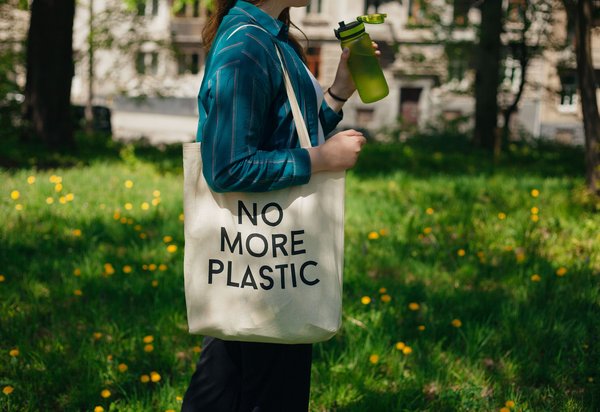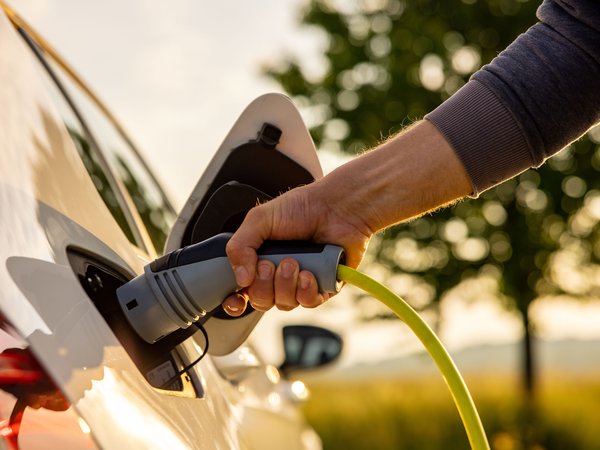Concern for the health of our planet – and ultimately ourselves – is growing, but is it really influencing the way we shop?
Sustainability sells. From India and China to the developed economies of the US and Europe, consumers show an increasing desire to tailor their consumption to products and services that are kinder to the planet.
To better understand the relationship between sustainability and consumer choice, Bain & Company’s Global Consumer Lab conducted extensive ethnographic research – surveying 23,000 global consumers and directly speaking to hundreds of individuals – about a broad set of sustainability issues. The results reveal some surprising drivers behind the shift towards more sustainable shopping (and lifestyle) habits, and highlight how motivations cut across geographical, economic, age, gender and even political lines.





What follows is an indispensable insight for companies – both consumer-facing and B2B – that are looking to understand their customers better and hone their strategies in a landscape defined by nuance.
This first group of insights centres on the fact that, regardless of demographic, consumers the world over are becoming increasingly concerned about the environment. This worry was first prompted by extreme weather events.
ONE: Concerns over sustainability and climate change span regions and generations
The majority of global consumers are worried about sustainability – and their fears are growing as extreme weather stemming from climate change becomes more frequent.
Around the world, 64 per cent of consumers are worried about sustainability.
Most of these consumers (54 per cent) say that their concerns first stemmed from extreme-weather events – with those concerns growing during the past two years (60 per cent). Topping their sustainability concerns is climate change (41 per cent) followed by biodiversity loss (21 per cent) and decreasing water and supply of natural resources (20 per cent).
TWO: Sustainability cuts through political divides
While 96 per cent of the US population agrees that the climate is changing, 85 per cent of those describing themselves as liberals are very or extremely concerned about climate change. That may not sound too surprising. But when it comes to self-described conservatives, four in 10 respondents said that they were either very or extremely concerned about climate change – a finding that undermines common perceptions. Moreover, removing the phrase “climate change” from the question uncovers deeper concerns among conservative voters on issues such as water, biodiversity loss and air pollution than their liberal counterparts.
Another surprise is that the research reveals very little difference in levels of concern between younger and older generations. In some countries, members of the baby-boomer generation express even more worry over climate change than younger generations.
THREE: Concern over sustainability is more apparent in developing markets
Consumers in fast-growing markets such as China, India and Indonesia are more concerned about sustainability than those in developed markets. An overwhelming number of consumers (79 per cent) in fast-growing markets are worried about sustainability compared with just 55 per cent in the case of those in developed markets.
This disparity could be explained by the fact that consumers’ fears in developing markets are more closely linked to first-hand experiences of extreme weather than those of consumers in developed markets.
All of these trends feed directly into how consumers view products as well as what they would like to see in the things they buy. But while consumers all over the world are mindful of sustainability when they shop, multiple barriers continue to thwart their desire to buy more sustainably.


FOUR: Consumers are willing to pay more for sustainable products, but not as much as companies are charging
Globally, consumers say that they are willing to spend up to 12 per cent more, on average, for a product that has a reduced environmental impact than for one that does not. Yet in the US, for example, products specifically marketed along sustainability lines carry an average price premium of 28 per cent.
FIVE: Consumers define sustainability in different ways
And not all of those ways dovetail with how companies market their products. While many people associate the sustainability of a product with the way it is made, 48 per cent of consumers link sustainability in a product with the way it is used. This creates a mismatch with companies, which tend to sell sustainable goods based on their ingredients and how they are made.
SIX: Sustainability-conscious consumers might not be choosing lower-carbon products
One additional barrier adding complexity to the consumer-sustainability equation is that many people lack a clear understanding of what makes one product more sustainable than another.
On average, 76 per cent of consumers either did not know, or gave the wrong answer, when they were shown two products and asked to identify which had a lower carbon footprint. Almost three out of four Boomers and members of Gen Z (74 per cent and 73 per cent, respectively) did not know that organic meat has a higher carbon footprint than non-organic vegetables.
Meanwhile, 57 per cent of consumers were unaware that dairy milk has a higher carbon footprint than plant-based milk. Almost one in 10 people globally (88 per cent) did not know that single-use cotton bags have a higher carbon footprint than single-use plastic bags.
SEVEN: Lack of trust
Consumers do not trust large corporations to create sustainable products. And they do not know where to turn for information. When Gen Z and Millennial customers do believe a brand cares about sustainability, they are 27% more likely to engage with it than older generations, according to research published in Harvard Business Review.
Only 28 per cent of consumers globally trust large corporations to create genuinely sustainable products compared with 45 per cent in the case of small and independent businesses. Drilling down into the demographics, members of the Boomer generation are even less likely to trust businesses than members of Gen Z.
EIGHT: Distrust drives consumers to seek out sustainability certifications
Consumers want clear labelling to help inform their buying choices. Yet few people understand what sustainability certifications and their respective labels mean. Roughly half (49%) of those who factor in sustainability issues when shopping say that they rely on certifications printed on packaging as an aid to identifying sustainable products. Yet the consumer research shows that the majority of consumers lack a clear understanding of what certifications such as “cruelty-free”, “Fairtrade” or “Rainforest Alliance” mean.
NINE: Culture can make a difference on attitudes toward sustainable living
Consumers in developed economies think that embracing sustainability is “going against the grain” and rejecting the mainstream culture of heightened consumption and readily available conveniences. Younger consumers, for example, say that sustainability requires too much work, with 36 per cent of Gen Z and Millennial consumers citing “effort” as a barrier to sustainable shopping compared with just 24 per cent in the case of Boomers.
Consumers in developed markets are also more likely than those in fast-growing markets to believe that living sustainably is too expensive (49 per cent compared with 35 per cent) because they view sustainable goods as premium products. In reality, living sustainably can be more affordable because it involves consuming less.
In fast-growing markets, mainstream culture makes it easier to become more sustainable by buying more often at local shops, generating less waste and eating more traditional diets, which tend to be plant-heavy.
TEN: Policy plays a pivotal role in encouraging sustainable behaviour
Governments can help change consumer behaviour through the creation of infrastructure and regulation that promotes and supports sustainable behaviour.



Throughout the world, examples abound of how strong policy can change habits, making consumers more sustainable in the way they buy goods, but also how they dispose of them. In China, for example, tax breaks since 2009 on the purchase of electric vehicles has changed car sales, with 19 per cent of people now driving electric cars compared with just 8 per cent globally.
In Italy, where there is best-in-class food-collection infrastructure, 61 per cent of Italian consumers now say that they compost their food waste. This is in stark contrast to the global figure, which is just 28 per cent.
These insights show that sustainability from a consumer perspective is complex and can change quickly, and highlights how tastes, preferences and outlooks differ markedly depending on the demographic.
The upshot for companies directly serving consumers, as well as for B2B companies whose customers ultimately sell to consumers, is that a one-size-fits-all approach is not enough; businesses determined to be tomorrow’s sustainability leaders in the eyes of today’s consumer need to look closely at the data, and to fine-tune their strategies accordingly.
Click here to read The Visionary CEO’s Guide to Sustainability
We think you'll like this
About FT Channels
FT Channels, a partnership destination that combines impactful and enriching multimedia content to spark curiosity and encourage discovery. Each vertical brings expert insights from the Financial Times and our Partners into the most pressing issues of our time.
FT Moral Money
FT Channels, a partnership destination that combines impactful and enriching multimedia content to spark curiosity and encourage discovery. Each vertical brings expert insights from the Financial Times and our Partners into the most pressing issues of our time.
Moral Money is the FT’s trusted destination for news and analysis about the fast-expanding world of socially responsible business, sustainable finance, impact investing, environmental, social and governance (ESG) trends, and the UN’s Sustainable Development Goals. This video channel alternates between independent reporting from FT journalists.




